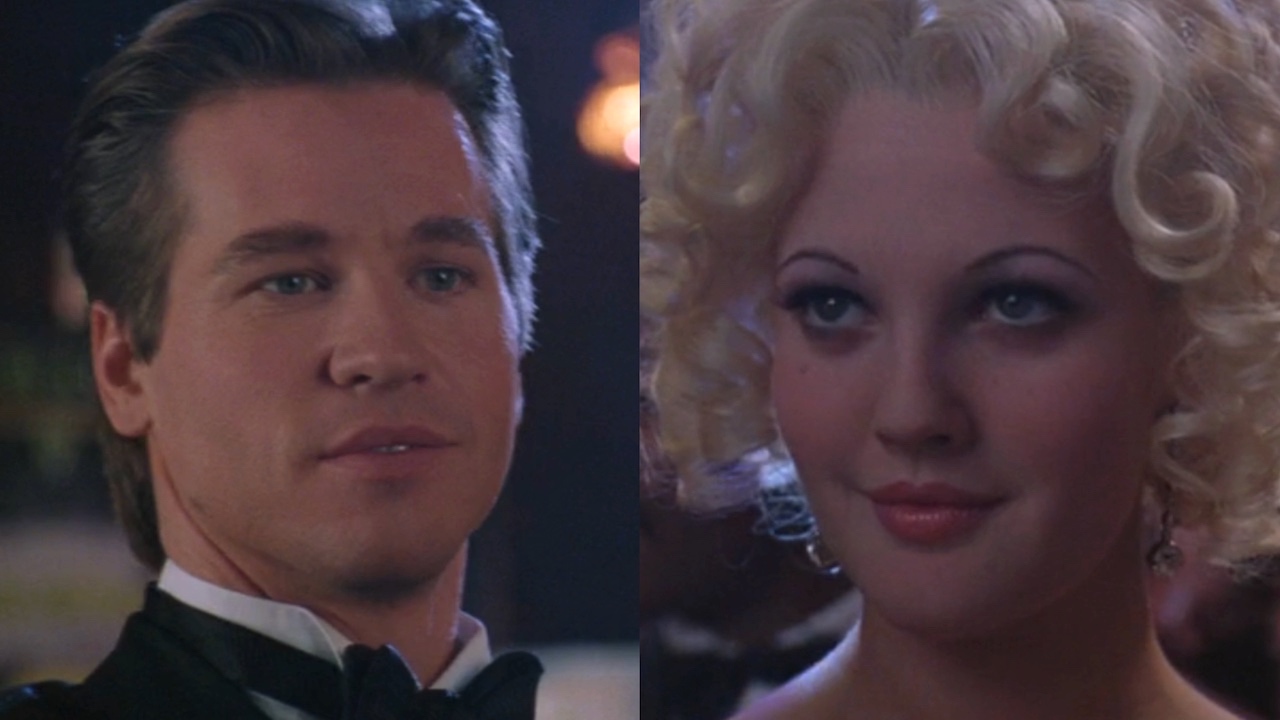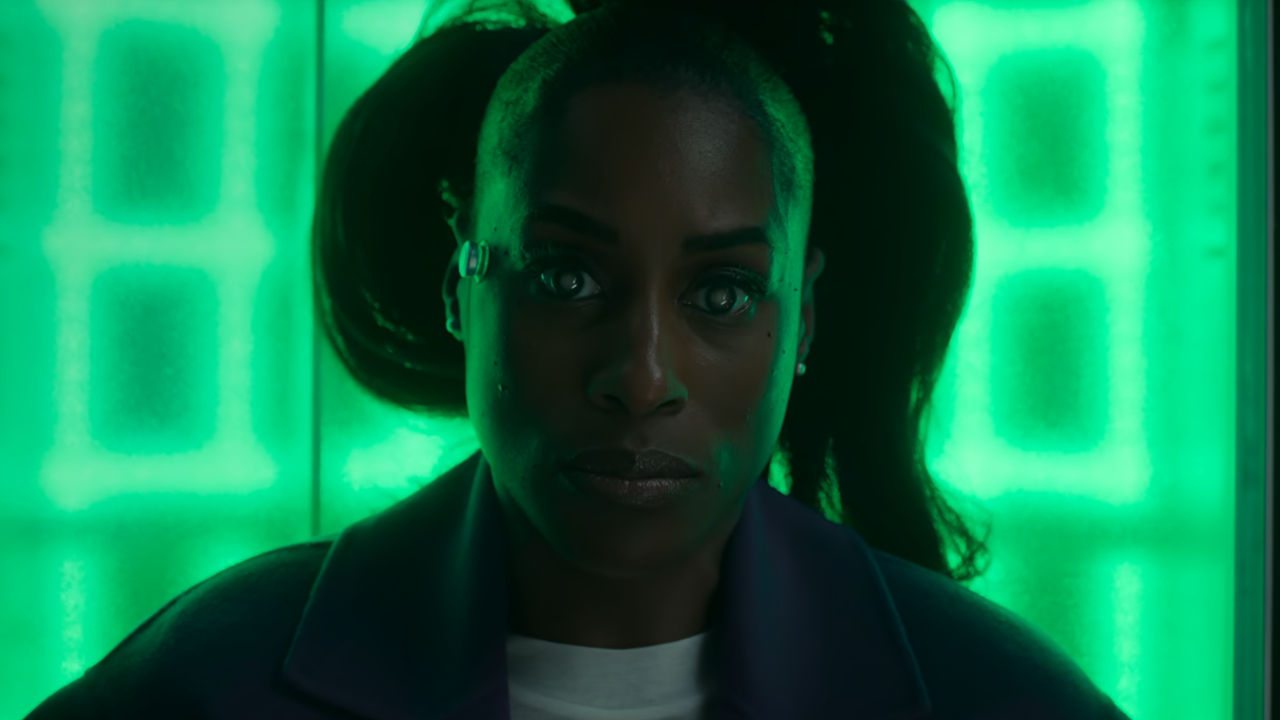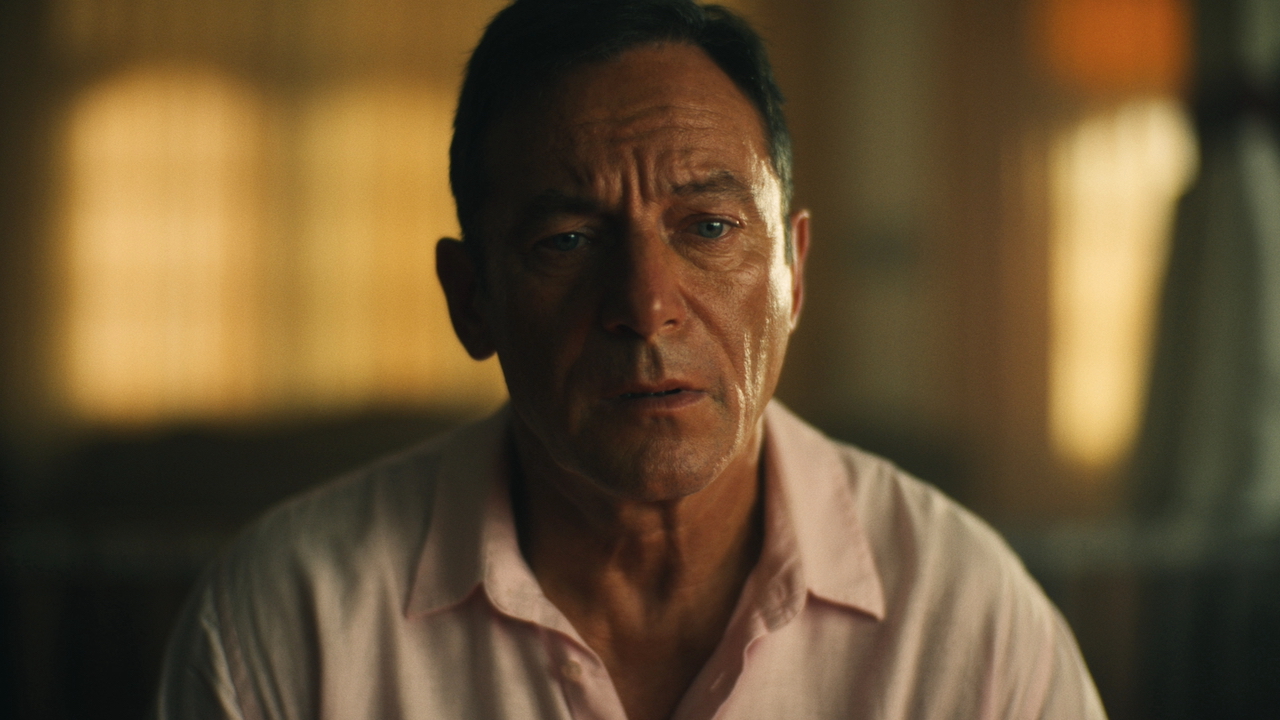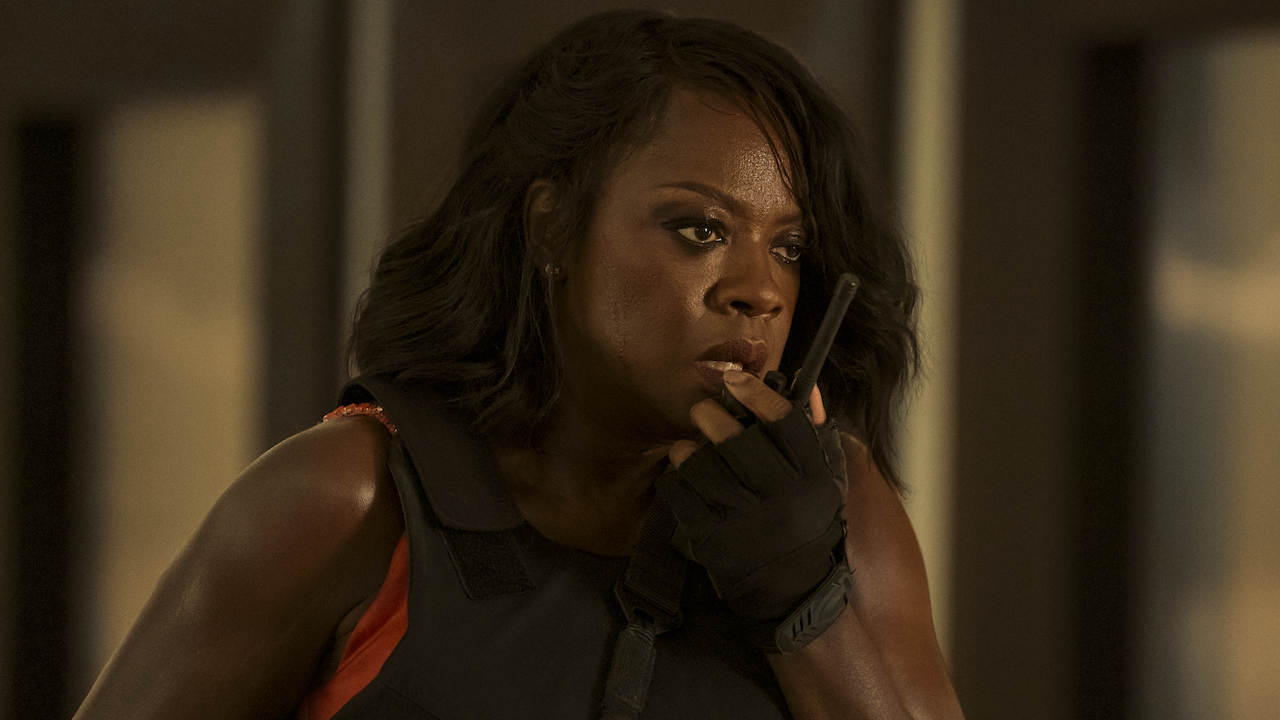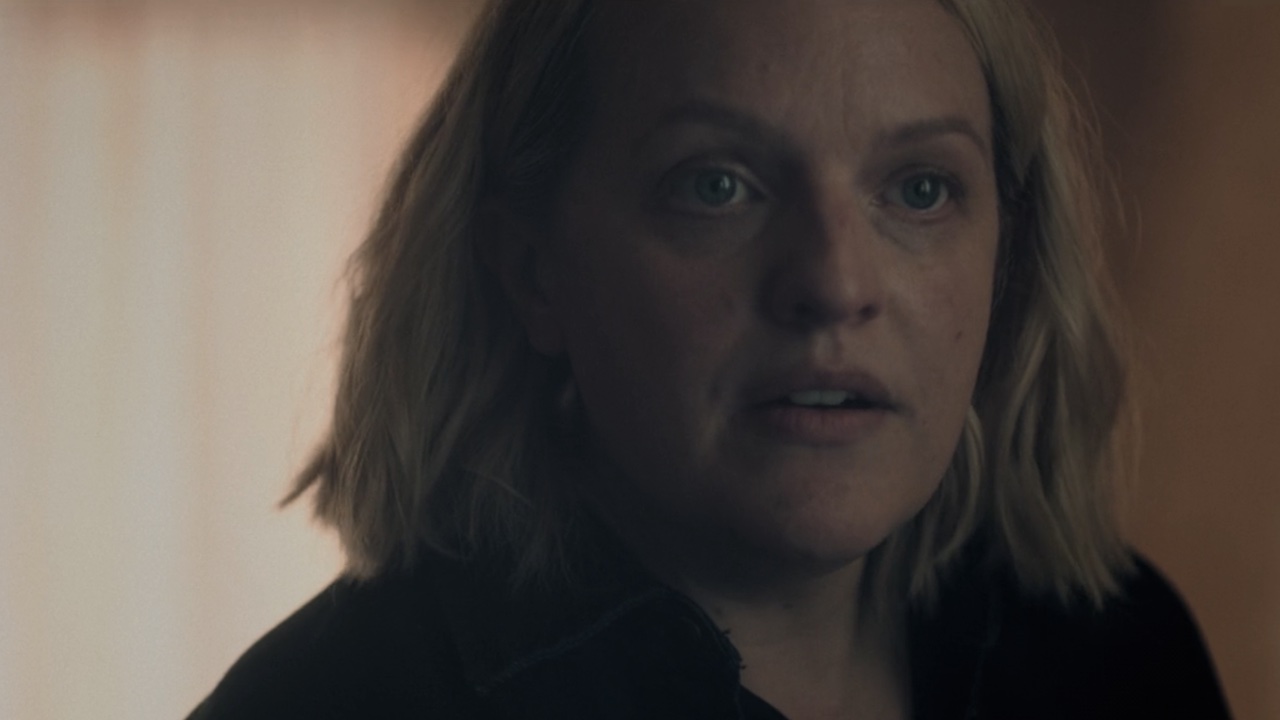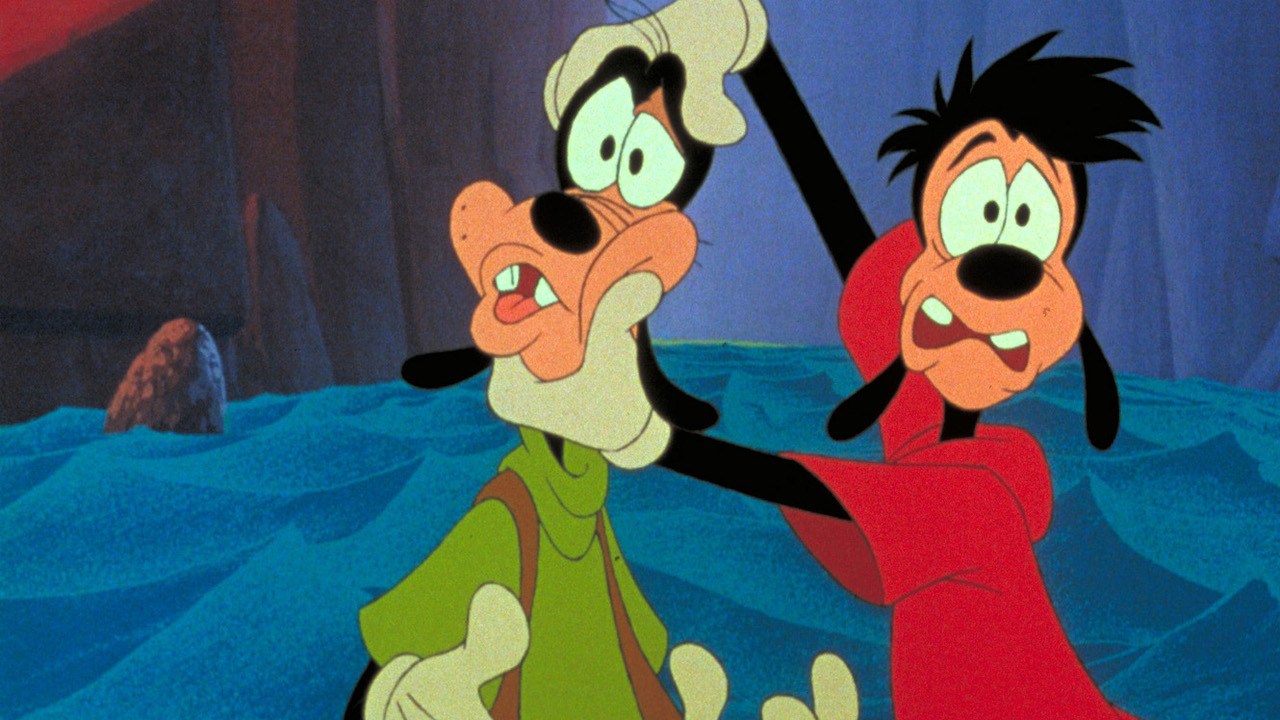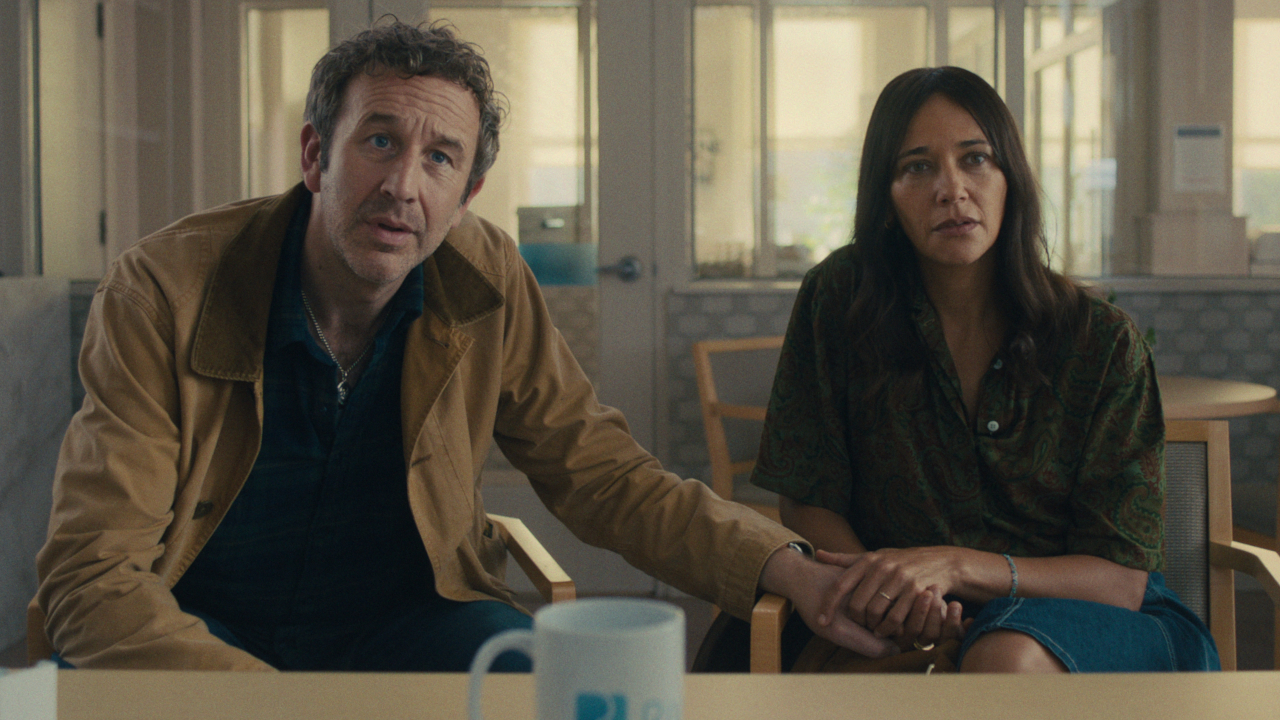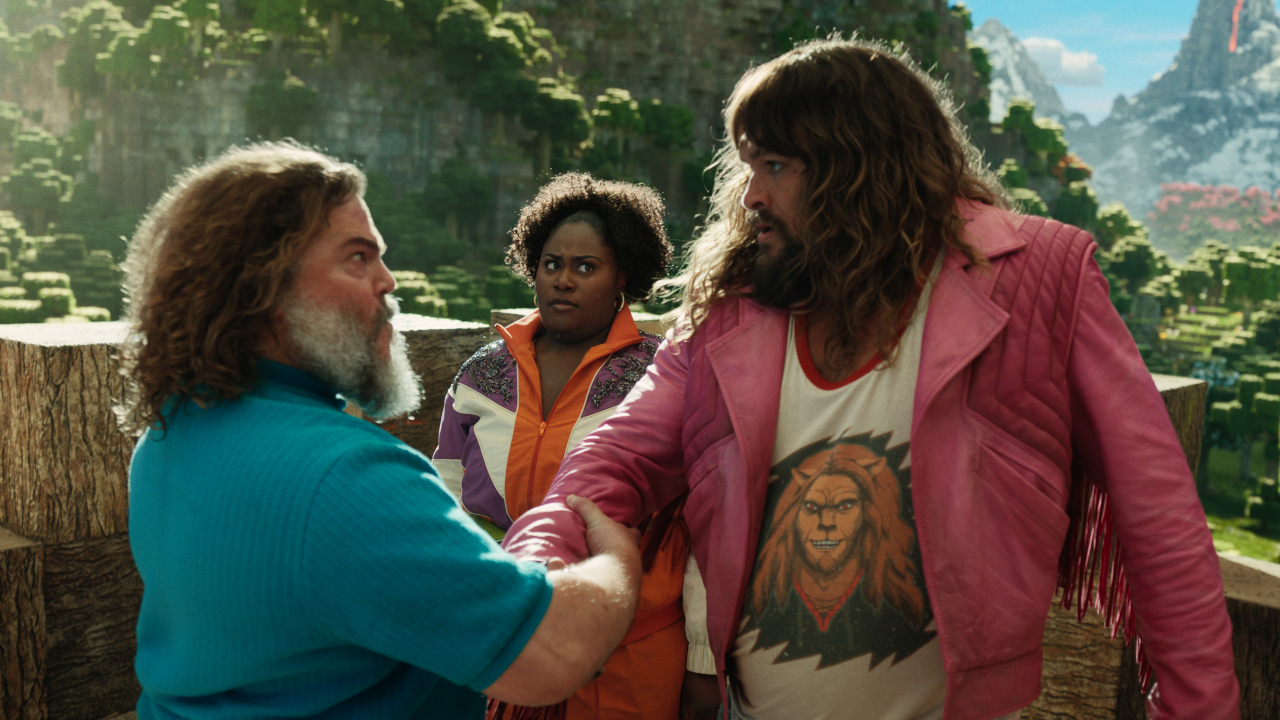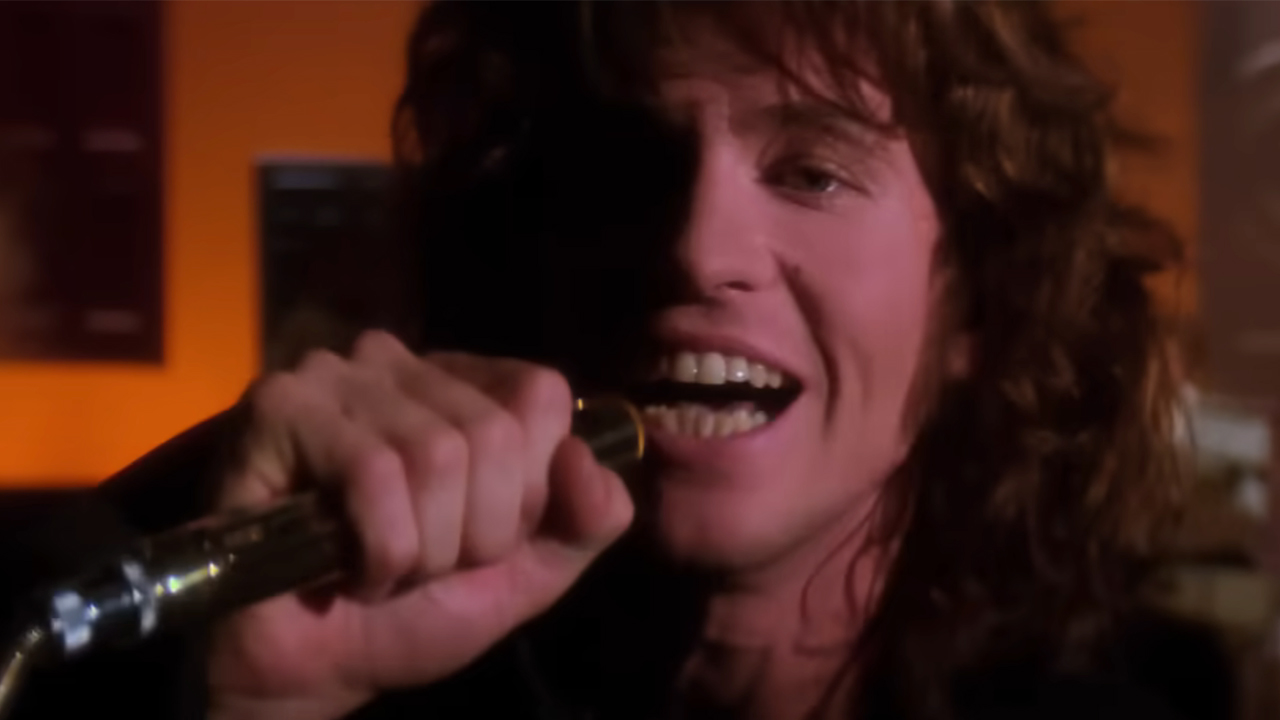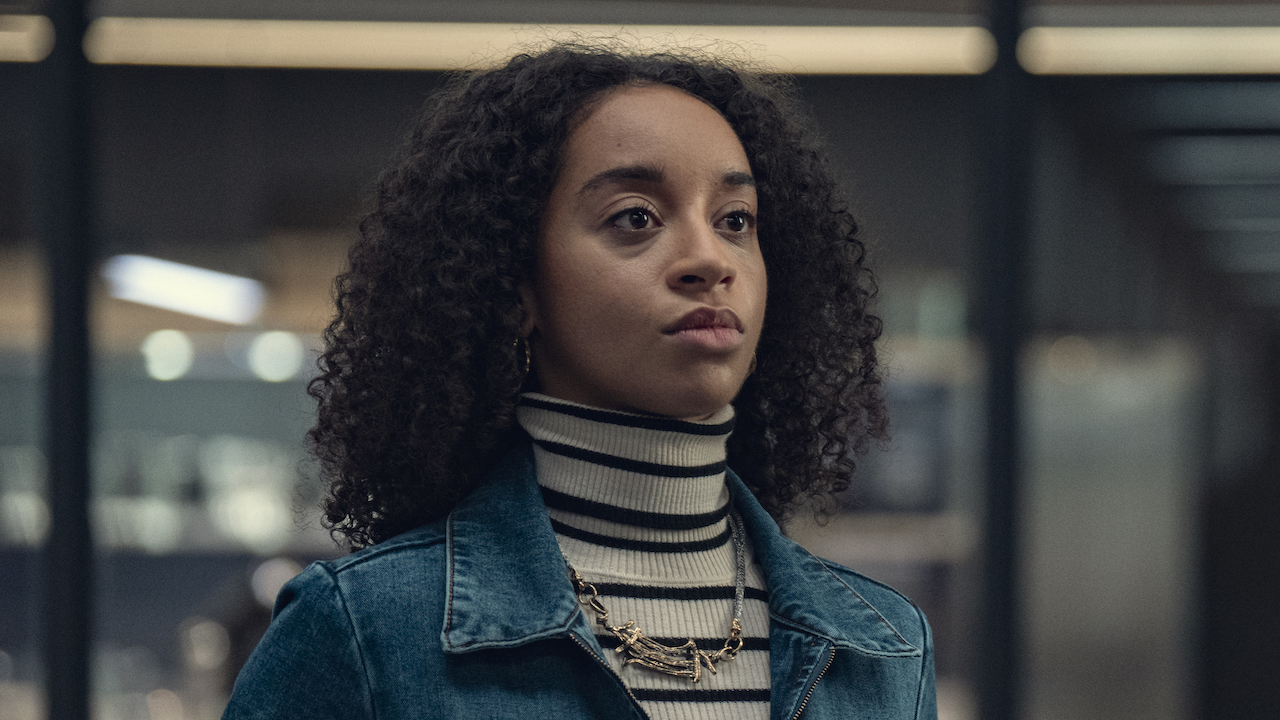I Rewatched Batman Forever, And There's One Thing About Val Kilmer's Bruce Wayne I Appreciate Way More Now That I'm Older
I'm glad this finally hit me.
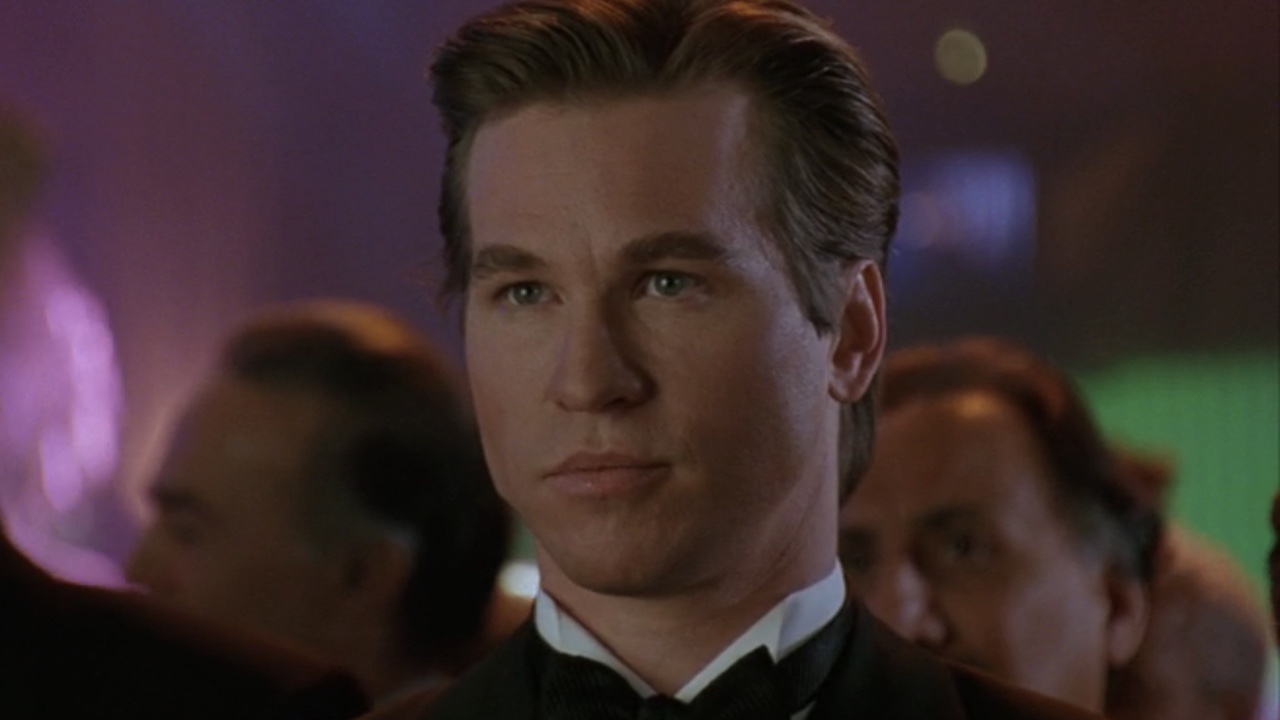
This may sound astounding to some of you reading this, but I like Batman Forever. Is it my favorite of the live-action Batman movies? Definitely not. Is it a kooky and ridiculous movie? Absolutely. Does Tommy Lee Jones give a great Two-Face performance? Don’t be absurd. And yet despite all this, I still enjoy watching Forever, or at least clips from it, every now and then, finding it a rollicking good time and a nice change of pace from the usual darker Batman stories I usually read/watch. I cannot, however, say the same about Batman & Robin, but that’s a separate conversation.
So following Val Kilmer’s death last week, I decided to turn Batman Forever back on over the weekend to revisit the actor’s sole outing as Bruce Wayne. But as I was watching the Caped Crusader’s 1995 cinematic adventure this time around, something clicked for me: Bruce actually feels like the main character in his own movie. It’s something that makes me appreciate Forever much more now that I’m older, but before I get into that, let’s do a quick recap of what this movie throws at Kilmer’s Bruce.
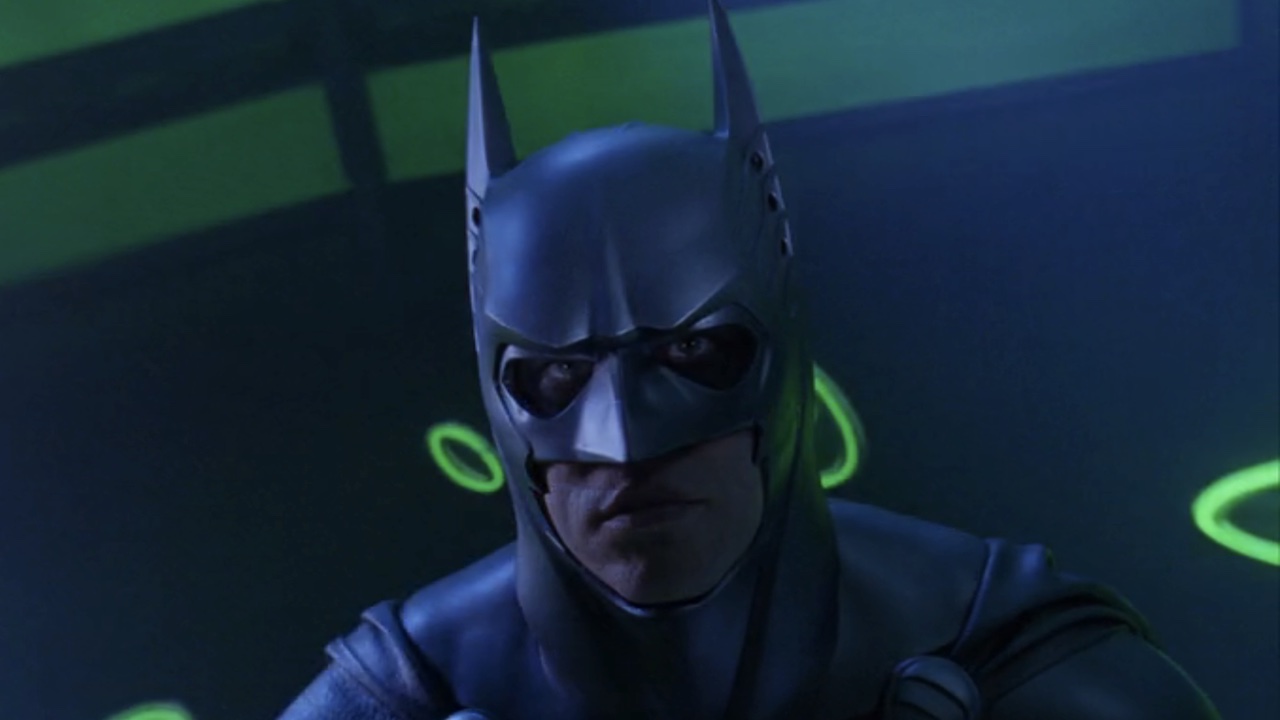
What Happens To Bruce Wayne in Batman Forever
Bruce Wayne had a lot on his plate in Batman Forever, particularly compared to the previous two Batman movies starring Michael Keaton. Two-Face is already running wild at the beginning of the movie, and things only get worse when he teams up with Edward Nygma, a.k.a. The Riddler. Who, by the way, became a supervillain after Bruce rejected his pitch to make a device that can beam TV signals directly into the brain, as he was concerned about the potential for mind manipulation. That device, by the way, is what leads Riddler and Two-Face to later discover Bruce is Batman.
That not enough for you? Ok, next we have the introduction of Dick Grayson, the deep breath teenager (Chris O’Donnell was 24 when he shot Batman Forever and definitely looks it) whom Bruce takes in after his parents and brother are killed by Two-Face. Dick is desperate to kill Two-Face for revenge and wants to become Batman’s partner to make that happen. Bruce initially refuses, telling Dick that taking Two-Face’s life won’t bring him the comfort he desires. However, following the attack on Wayne Manor, Bruce relents and agrees to have Dick fight by his side as Robin.
Finally, and the most important for this feature, Bruce struggles with his duality in Batman Forever, which I’d argue is handled better than Two-Face’s own obsession with the number two. After meeting Dr. Chase Meridian, he starts having difficulty reconciling his civilian and superhero selves. This is further compounded by the flashbacks he’s having of his parents being murdered and the days after, when he found a mysterious red book (which is expanded upon in the never-released “Schumacher Cut”).
Bruce even briefly retires from crimefighting when he’s found happiness with chase, but that doesn’t last long due to the aforementioned attack. By the end of the movie, he’s embraced being both Bruce Wayne and Batman.
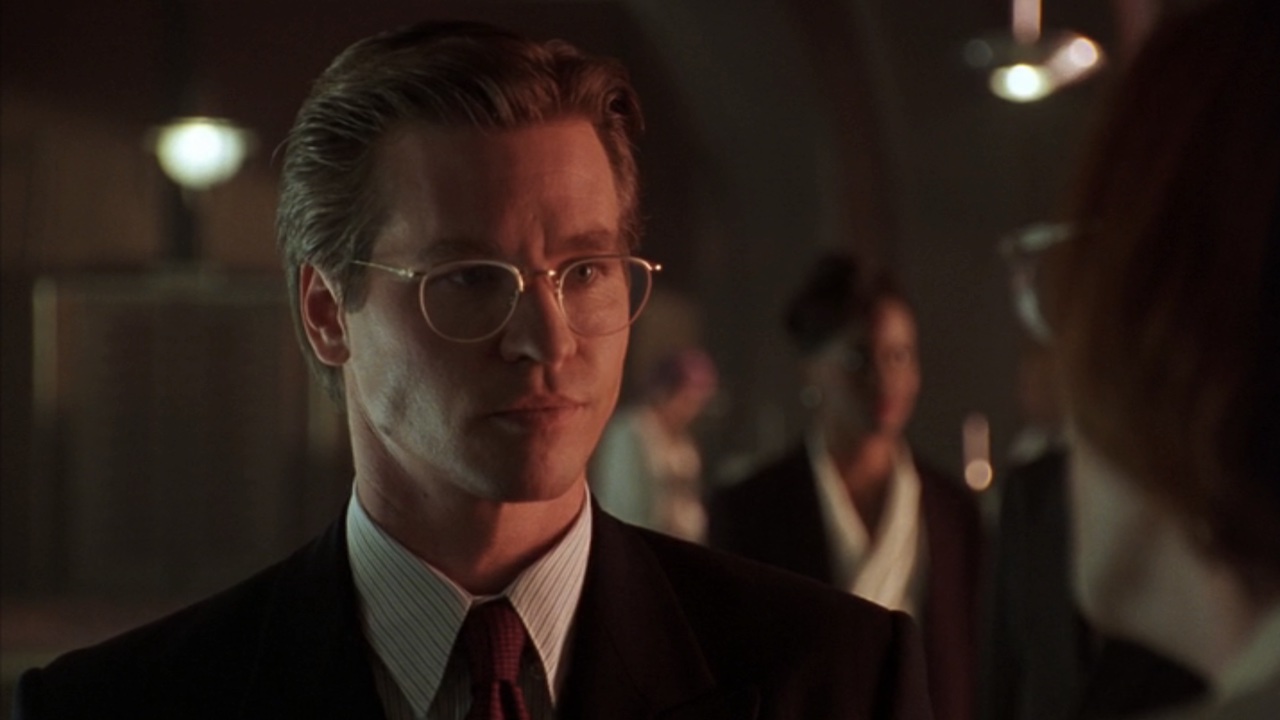
Why I Appreciate Val Kilmer’s Bruce Wayne More Now
Before I go any further, I need to note one thing. I like Michael Keaton's time as Batman. While Christian Bale still ranks as my favorite live-action Batman actor, and I still hear the voice of the DC Animated Universe's Kevin Conroy in my head when I read Batman comics, Keaton did a commendable job putting his own stamp on the character, especially with how it stands out from Adam West’s portrayal in the 1960s Batman TV series. I especially enjoyed recently following along with this Bruce’s exploits in the novel Batman: Resurrection, and frankly, Keaton’s return to the role was one of the few things I liked about 2023's The Flash.
CINEMABLEND NEWSLETTER
Your Daily Blend of Entertainment News
But there’s one problem I’ve always had with both Batman and Batman Returns: Bruce doesn’t actually feel like a fleshed-out character in them, but rather more a tool/device to move the plot forward. It’s pretty clear that Tim Burton found The Joker, The Penguin and Catwoman to be way more interesting characters. While Batman Returns at least makes a somewhat better effort to make Keaton’s Bruce more three-dimensional through his relationship with Selina Kyle, his main purpose is to simply foil the plans of these villains who we get to know much better.
In contrast, Val Kilmer’s Bruce Wayne actually feels like he’s the central character in his own movie. That’s not to say that Riddler and Two-Face don’t steal scenes and chew the scenery as much as possible, because they absolutely do. But say what you will about Batman Forever, it does a much better job of balancing giving these villains time to shine with exploring Bruce Wayne’s deeper insecurities, turmoil, etc.
Again, Batman Forever has its share of flaws, but I honestly wouldn’t have minded if Val Kilmer had played Batman in another movie if it offered this same kind of meaningful character study. How would the Batman film series have turned out had he stayed on?
However, Kilmer instead decided to leave the role, and George Clooney replaced him for Batman & Robin. It was released in 1997 and… well, the less said about that movie, the better (there’s a reason Clooney keeps apologizing for it). The silver lining, though, is that it critically and commercially disappointing paved the way for Christopher Nolan’s Dark Knight trilogy.
Feel free to stream Batman Forever with your Max subscription if you want to get a better idea of what I’ve been discussing. I don’t know when I’ll rewatch this movie in full again, but at least now I have that deeper level of appreciation for it. It’s not enough to get me to shout “Joygasm!” while wearing a green spandex outfit and twirling a question mark cane, but it’s something.

Connoisseur of Marvel, DC, Star Wars, John Wick, MonsterVerse and Doctor Who lore, Adam is a Senior Content Producer at CinemaBlend. He started working for the site back in late 2014 writing exclusively comic book movie and TV-related articles, and along with branching out into other genres, he also made the jump to editing. Along with his writing and editing duties, as well as interviewing creative talent from time to time, he also oversees the assignment of movie-related features. He graduated from the University of Oregon with a degree in Journalism, and he’s been sourced numerous times on Wikipedia. He's aware he looks like Harry Potter and Clark Kent.
You must confirm your public display name before commenting
Please logout and then login again, you will then be prompted to enter your display name.
